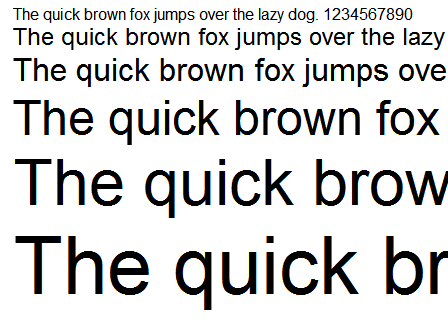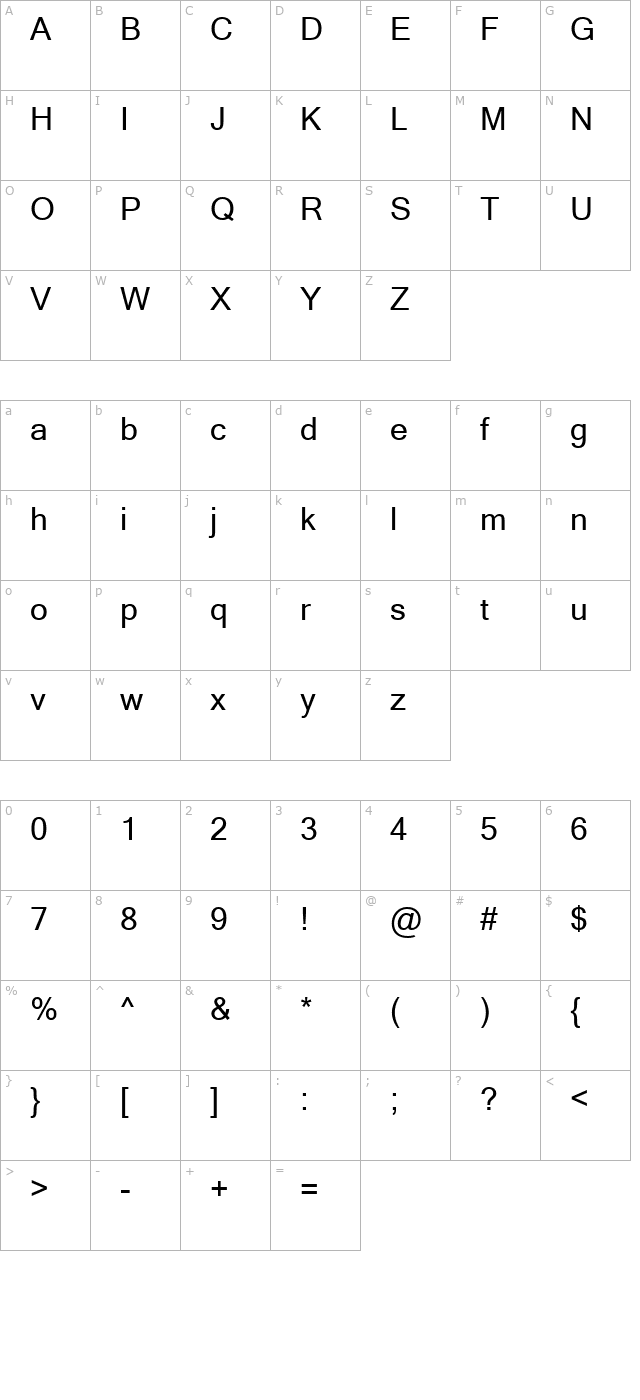
Version 1.10 of the font includes 1119 glyphs (1209 characters, 26 blocks), supporting Unicode ranges Alphabetic Presentation forms, Arabic, Arabic Presentation forms A-B, Cyrillic, General Punctuation, Greek and Coptic, Hebrew, Latin Extended-A, Latin Extended-B, Latin Extended Additional, Mathematical Operators, Thai.

Capital R, which was designed in the style of original Helvetica in the original MS Sans Serif, is instead a compromise between Helvetica and the straight-diagonal descender in Arial the descender curves at the top and is a straight diagonal at the bottom. For example, the tail in the lowercase "a" is shortened to a vertical stem in Microsoft Sans Serif, the top of the stem on the lowercase "f" curves down instead of horizontally, the hook at the descenders of "y" and "j" are hooked up in Microsoft Sans Serif, the strokes in the middle of digit "8" intersect at a different angle. The PostScript font name is MicrosoftSansSerif.ĭespite being a vectorized replacement, there are subtle design changes.
#MICROSOFT SANS SERIF FONT DESIGNER WINDOWS#
This font also contains most glyphs shipped with any version of Windows until Windows Vista, excluding fonts supporting East Asian ideographs. Microsoft Sans Serif is a TrueType font that is designed as a vectorized, metric-compatible variant of MS Sans Serif, distributed with Windows 2000 and later. FON file (on the original raster/bitmap variant), it is seen that the font was designed by Microsoft Corporation in 1987 (font sizes 8, 10, 12 and also a portion of the 8514/a version), also in 1985 by Xiphias, Los Angeles, CA (font sizes 14, 18, 24), also the 8514 version contains typefaces designed by Bitstream Inc.

When changing the DPI settings in Windows 95 or later, Windows loads a different MS Sans Serif font, historically called the " 8514" variant, which adds sizes 23 and 30 points (high DPI versions of sizes 18 and 24 respectively).Īlso, according to the strings hidden in the. MS Sans Serif is available in the font sizes 8, 10, 12, 14, 18, and 24. A Euro symbol was added to this font for the release of Windows 98. MS Sans Serif is the default system font on Windows 3.1, Windows 95, Windows NT 4.0, Windows 98, and Windows ME.

OS/2 and its successor ArcaOS still name the font "Helv". "Helv" is still a valid alias for MS Sans Serif. In Windows 3.1, the raster font was renamed MS Sans Serif. Microsoft Sans Serif's predecessor is Helv (a shortened form of Helvetica), a raster font included with Windows 1.0 and later.


 0 kommentar(er)
0 kommentar(er)
